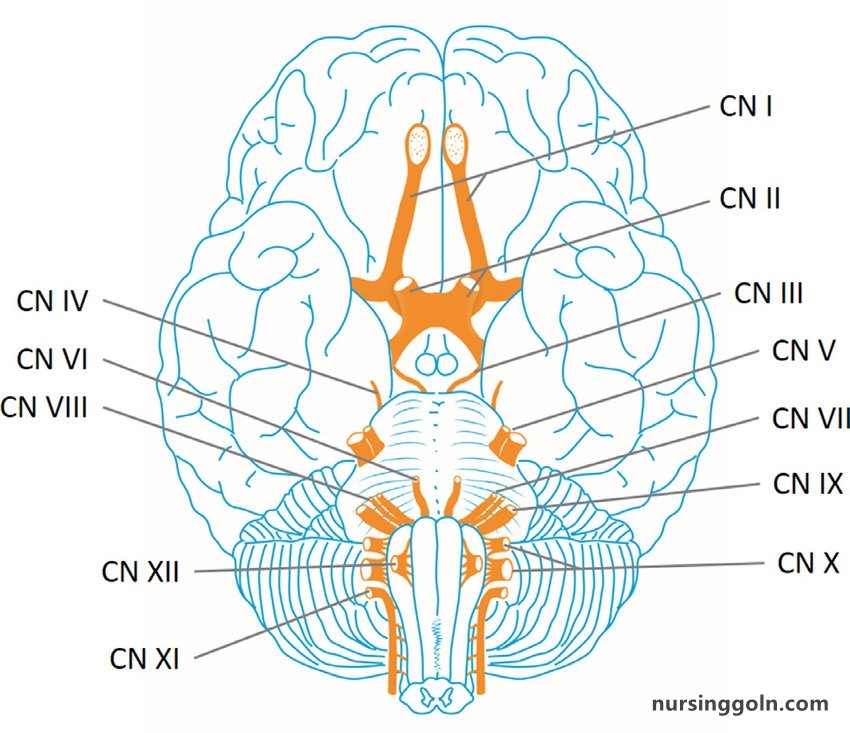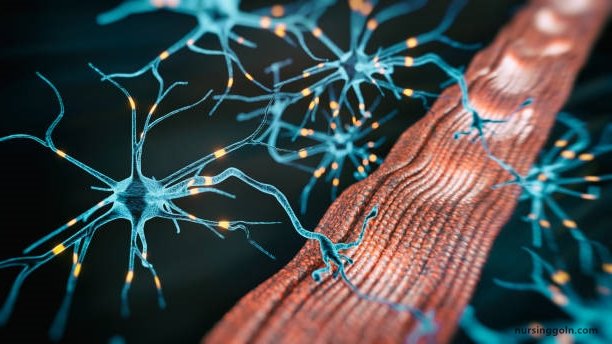Today our topic of discussion is ” Gonadal and Placental Hormones “. The endocrine system is a masterful conductor of the body’s hormonal orchestra, ensuring a harmonious physiological response. Central to this orchestra are the gonadal and placental hormones. These hormones play a vital role in human reproduction, and fetal development, and even influence secondary sexual characteristics. In this comprehensive article, we’ll delve into the intricacies of gonadal and placental hormones, their importance, and their overall role in the human body.

Gonadal and Placental Hormones: The Endocrine System
1. Introduction
Gonadal hormones originate from the gonads – the ovaries in females and the testes in males. They are integral to human reproduction, influencing everything from menstrual cycles to sperm production. Meanwhile, the placenta, a temporary organ developed during pregnancy, secretes hormones crucial for maintaining pregnancy and fostering fetal growth.
2. The Gonadal Hormones
2.1 The Ovaries: Estrogens and Progesterone
a. Estrogens
- Types: The major estrogens include estradiol, estrone, and estriol.
- Production: Primarily produced in the ovaries, but also in smaller amounts by the adrenal glands and in fat tissues.
- Functions: They regulate the menstrual cycle, promote the development of secondary female sexual characteristics, and support the maturation of the female reproductive system.
b. Progesterone
- Production: Synthesized in the ovaries post-ovulation.
- Functions: Preps the endometrium for potential implantation post-fertilization, helps maintain pregnancy, and modulates the menstrual cycle.

2.2 The Testes: Androgens
a. Testosterone
- Production: The primary male sex hormone produced by the testes.
- Functions: Stimulates sperm production, drives the development of male secondary sexual characteristics, and plays a role in libido in both men and women.
b. Other Androgens
- Other androgens include dehydroepiandrosterone (DHEA) and androstenedione. They serve as precursors to primary sex hormones in both genders.
3. The Placental Hormones
3.1 Human Chorionic Gonadotropin (hCG)
- Production: Produced shortly after a fertilized egg attaches to the uterine lining.
- Functions: Supports the corpus luteum in the ovary, stimulating it to produce progesterone during early pregnancy. It’s also the hormone detected in pregnancy tests.
3.2 Placental Lactogen (hPL) or Human Chorionic Somatomammotropin (hCS)
- Production: Produced by the placenta.
- Functions: Modifies the metabolic state of the mother during pregnancy to facilitate energy supply to the fetus. It also prepares the mammary glands for lactation.
3.3 Estrogens and Progesterone from the Placenta
- During pregnancy, the placenta also produces estrogen and progesterone, ensuring the uterus remains a conducive environment for the developing fetus.

4. Role of Gonadal and Placental Hormones in Development and Health
4.1 Puberty and Maturity
Gonadal hormones are the central players during puberty, driving the development of secondary sexual characteristics, like breast development in females and voice deepening in males.
4.2 Menstrual Cycle
Estrogens and progesterone from the ovaries regulate the menstrual cycle, ensuring the endometrial lining is ready for potential pregnancy.
4.3 Pregnancy and Childbirth
Placental hormones maintain and support pregnancy, from ensuring the uterus remains receptive to modulating the mother’s metabolism to benefit the fetus.
4.4 Bone Health
Estrogens play a pivotal role in maintaining bone density, particularly in women. Post-menopause, reduced estrogen levels can lead to osteoporosis.
4.5 Mood and Well-being
Hormonal fluctuations can influence mood. For instance, changes in estrogen levels during menstrual cycles can lead to mood swings, irritability, or even conditions like premenstrual dysphoric disorder (PMDD).

5. Disorders Related to Gonadal and Placental Hormones
5.1 Polycystic Ovary Syndrome (PCOS)
A hormonal disorder common among women of reproductive age, often involving elevated levels of male hormones leading to menstrual irregularities and cysts in the ovaries.
5.2 Low Testosterone in Men
Reduced testosterone levels can lead to reduced muscle mass, fatigue, and impaired sexual function.
5.3 Ectopic Pregnancy
Abnormally elevated or slow-to-rise hCG levels can suggest an ectopic pregnancy, where the embryo implants outside the uterus.

6. Conclusion
Gonadal and placental hormones are the unsung heroes orchestrating the symphony of human reproduction, development, and even overall well-being. A delicate balance of these hormones is essential, with any disruption having significant implications for health and development. As research advances, our understanding of these pivotal players continues to expand, offering insights into optimizing human health from conception and beyond.
Read more:
